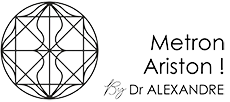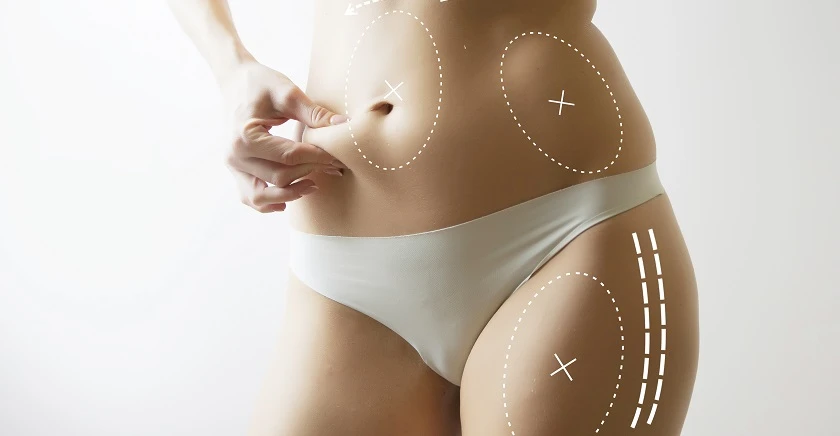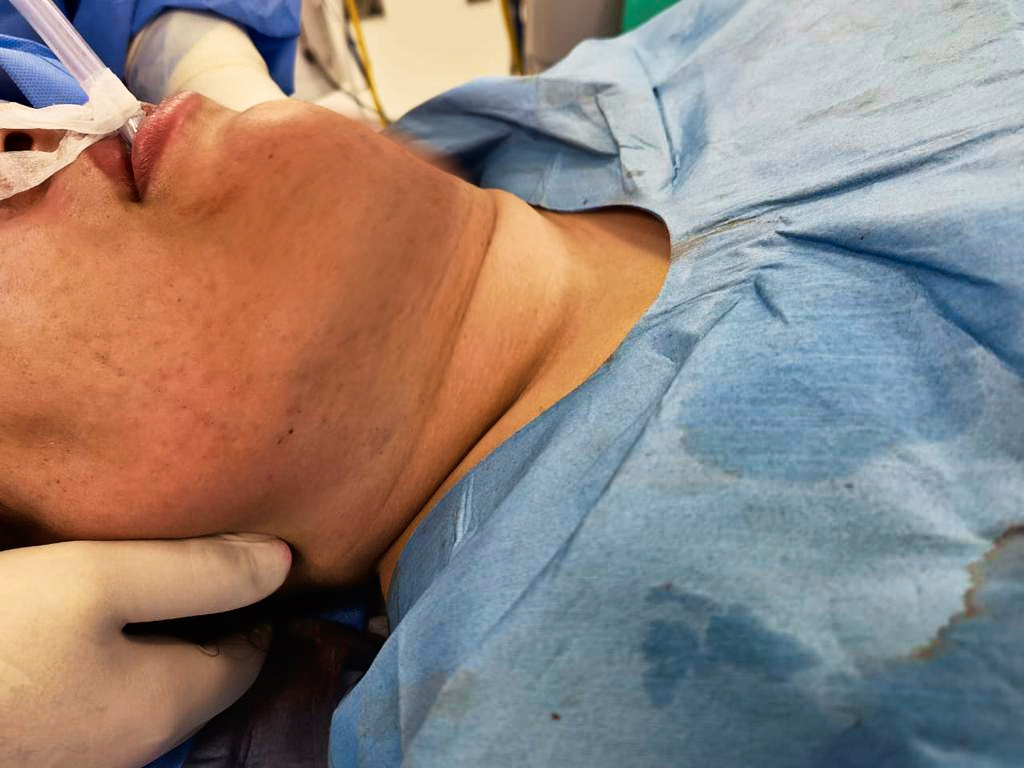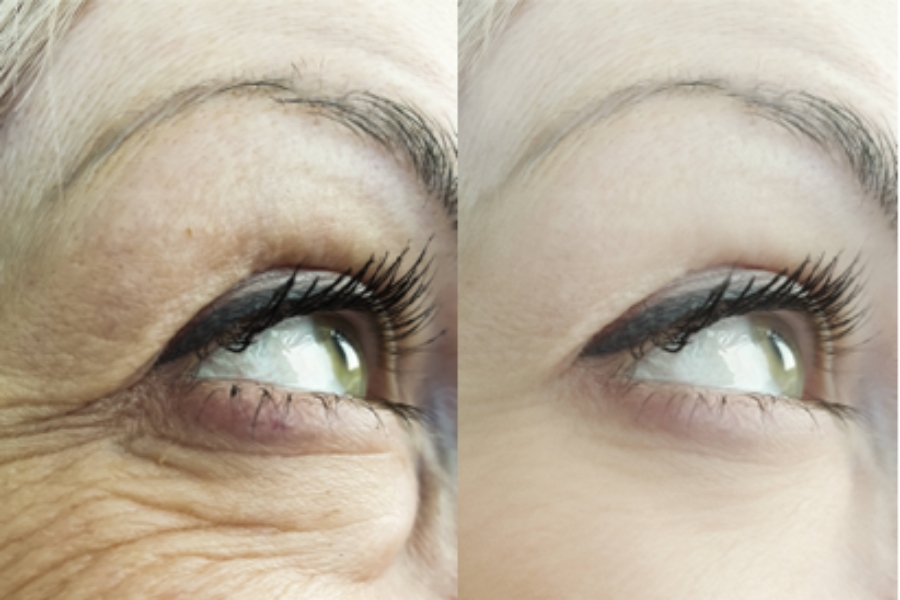“Metron” by Dr Alexandre Dionys
Face lift (Rhytidectomy): Restoring the signs of aging
What Facelift can do…
A face lift can be carried out as soon as signs of aging appear and the patient feels a real need for their correction, generally around the age of 40 or 45. The operation focuses on treating the sagging and laxity of the skin and muscles of the face (forehead, eyebrows, cheeks, jowls, and the oval facial outline) and the neck. Restoring the different anatomical structures of the face and neck (the skin, the muscles and the fat) enables the patient to look as he or she were several years younger.
The muscles are tightened, to correct slackness. The skin is then draped as required over the new curves, without excessive stretching. This dual action gives a natural appearance (as the skin is not over-stretched), which lasts (since the muscular base is strong). The healing process is generally uneventful. Excess fat, if present can be treated by liposuction. On the other hand, if the face appears emaciated, this can be corrected at the same time by re- injection of autologous fat (liposculpture). In this way the face and the neck are ‘rebuilt’ or ‘restructured’. The incisions necessary for the procedure are hidden almost entirely in the hair (at the temples and the nape of the neck) and around the ears. The scars are thus almost entirely concealed.
My way…
The aim is not to transform the form and aspect of the face! On the contrary, restoring the different anatomical structures of the face and neck (skin, muscles and fat) enables the patient to look as he or she were several years younger…
Respecting my Ancestors’ wisdom: The Golden Ratio (phi) Forget all about “Nip-Tuck” in Face lift! It takes much more than a doctor “nipping” and “tucking” to create an aesthetically balanced result. The golden ratio (phi) is the key to restoring FACIAL SYMMETRY.
The Plastic Surgeon needs to have solid knowledge and understanding of facial proportions to decode the changes that have taken place in a face through time. He also needs to possess outstanding surgical skill so as to customize each procedure to restore and enhance facial symmetry, in alignment with the Golden Ratio. Creating facial harmony through plastic surgery, focuses on balance and proportions and not on dramatically altering one’s facial appearance.
Minimally invasive techniques Techniques and procedures generally rely on the case and the correction needed. Under the right indications, I opt for using the Minimal Access Cranial Suspension (MACS) technique which involves less invasive surgery and a smaller scar.
It is a technique designed to lift the lower two thirds of the face. During the operation a limited amount of excess skin is removed through an inconspicuous scar in the crease in the front of the ear and in the hairline above the ear.
The results…
After two or three months one can have a good idea of the final result. The scars, however will still be slightly pink and hard to the touch, and will not fade until the sixth month after the operation. Through progress over the years and techniques of great precision we usually achieve a result giving an impression of considerable rejuvenation which nevertheless looks quite natural. The face does not have a ‘surgical’ appearance and has regained the features which it had eight to twelve years before. The general impression is relaxed and refreshed. This physical improvement is also in general psychological. In the long term, a face- and neck-lift has beaten the ravages of time, but aging does continue, and a second similar procedure can be envisaged after about ten years.
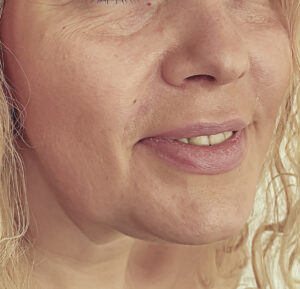
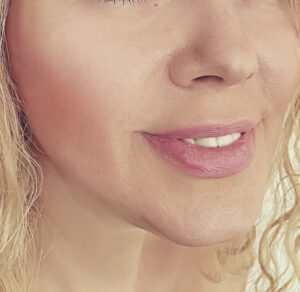
Facelift before & after
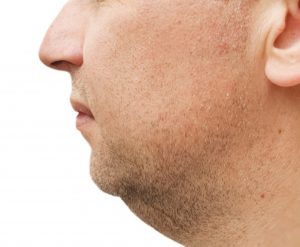
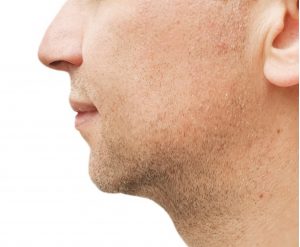
face lift – before & after
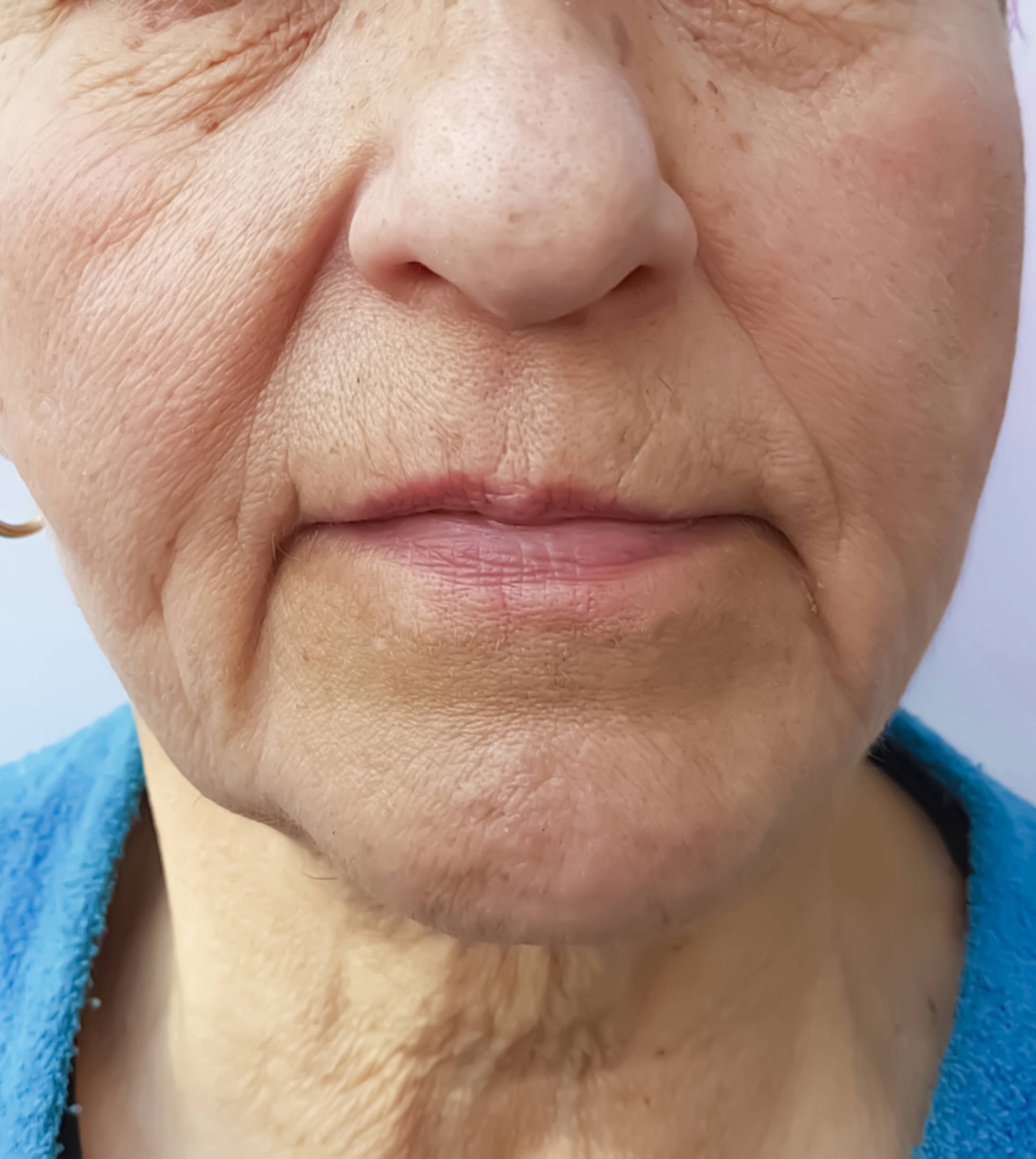
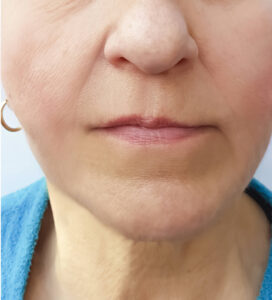
Face Lift – before & after
